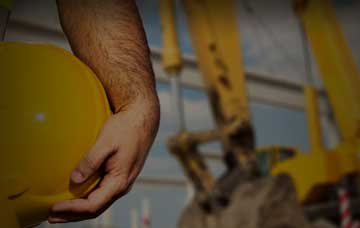The commercial construction industry is constantly evolving, driven by technological advancements, changing market demands, and a focus on sustainability. The years 2018-19 witnessed several notable trends that shaped the sector and influenced project design, construction methods, and industry practices. In this article, we will explore the key commercial construction trends that emerged during this period, highlighting their impact and significance.
1. Embracing Sustainability:
During 2018-19, there was a notable shift towards sustainable and environmentally-conscious construction practices. Building owners and developers recognized the importance of energy efficiency and green building certifications. Projects increasingly integrated sustainable features such as solar panels, rainwater harvesting systems, and energy-efficient HVAC systems. The adoption of LEED certification and other green building standards became more prevalent, emphasizing the long-term benefits of eco-friendly construction.
2. Rise of Prefabrication and Modular Construction:
Prefabrication and modular construction gained momentum during this period, offering improved construction efficiency and reduced project timelines. Offsite manufacturing of building components and modules allowed for faster assembly on-site, resulting in reduced construction waste and enhanced quality control. The use of prefabricated materials and modular construction techniques helped accelerate project schedules and meet tight deadlines.

3. Technology-driven Advancements:
The integration of technology played a significant role in enhancing productivity and project outcomes in commercial construction. Building Information Modeling (BIM) became widely adopted, enabling improved collaboration, clash detection, and visualization throughout the project lifecycle. Advanced construction software streamlined project management and communication. Drones were employed for aerial surveys and monitoring, while virtual reality (VR) and augmented reality (AR) were utilized for design visualization and client presentations, revolutionizing the industry’s approach to project planning and execution.
Conclusion:
The commercial construction trends of 2018-19 brought about significant changes in the industry, reflecting a greater emphasis on sustainability, technological advancements, adaptive reuse, and occupant well-being. These trends shaped project design, construction methodologies, and industry practices, setting the stage for a more efficient, eco-friendly, and people-centric future. As the industry continues to evolve, it is essential for construction professionals to stay abreast of these trends and embrace innovation to meet the demands of a rapidly changing world.

